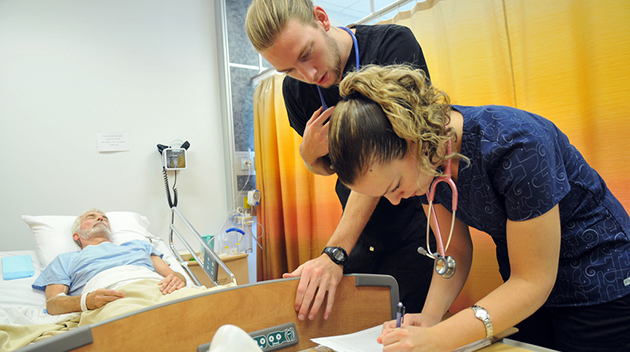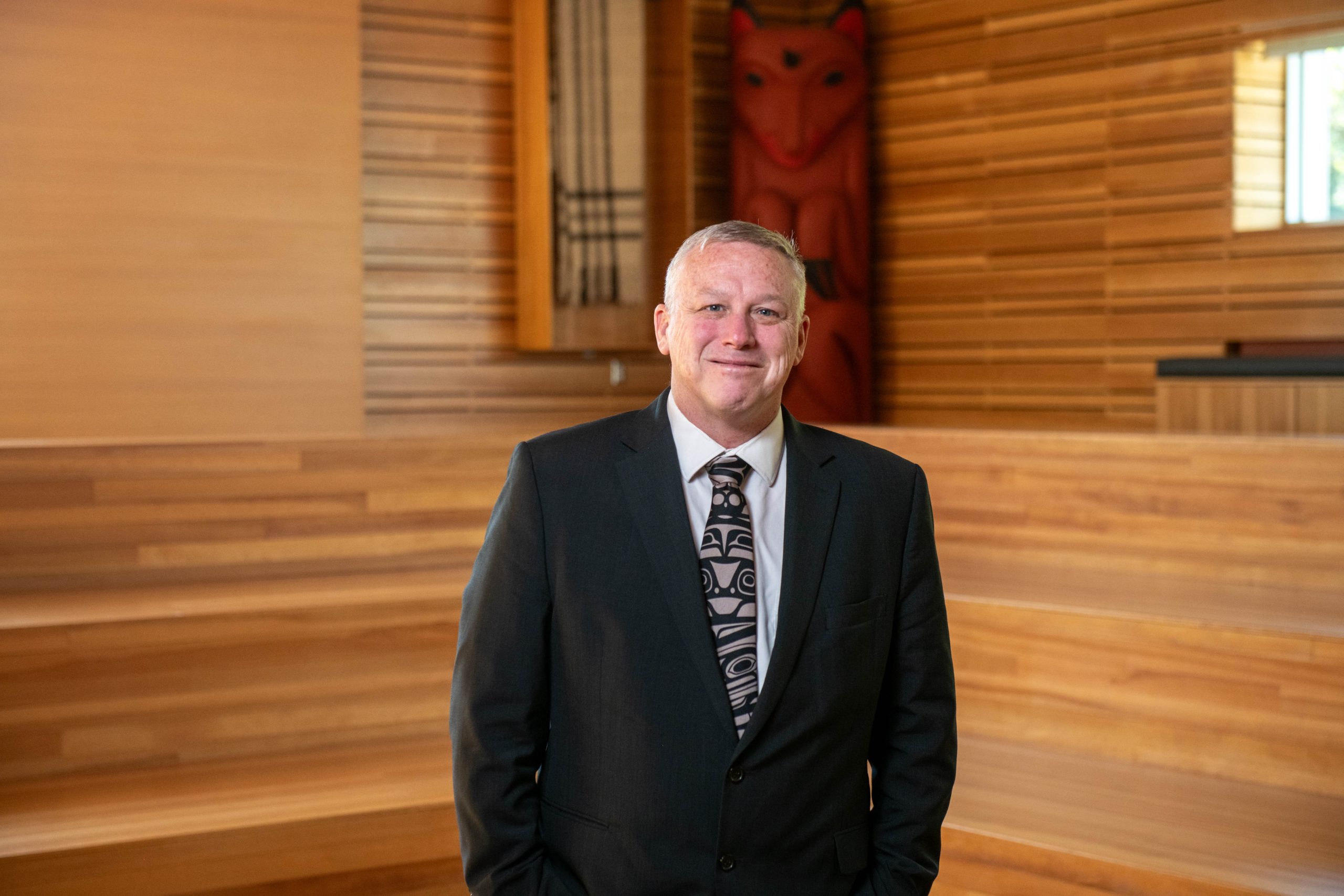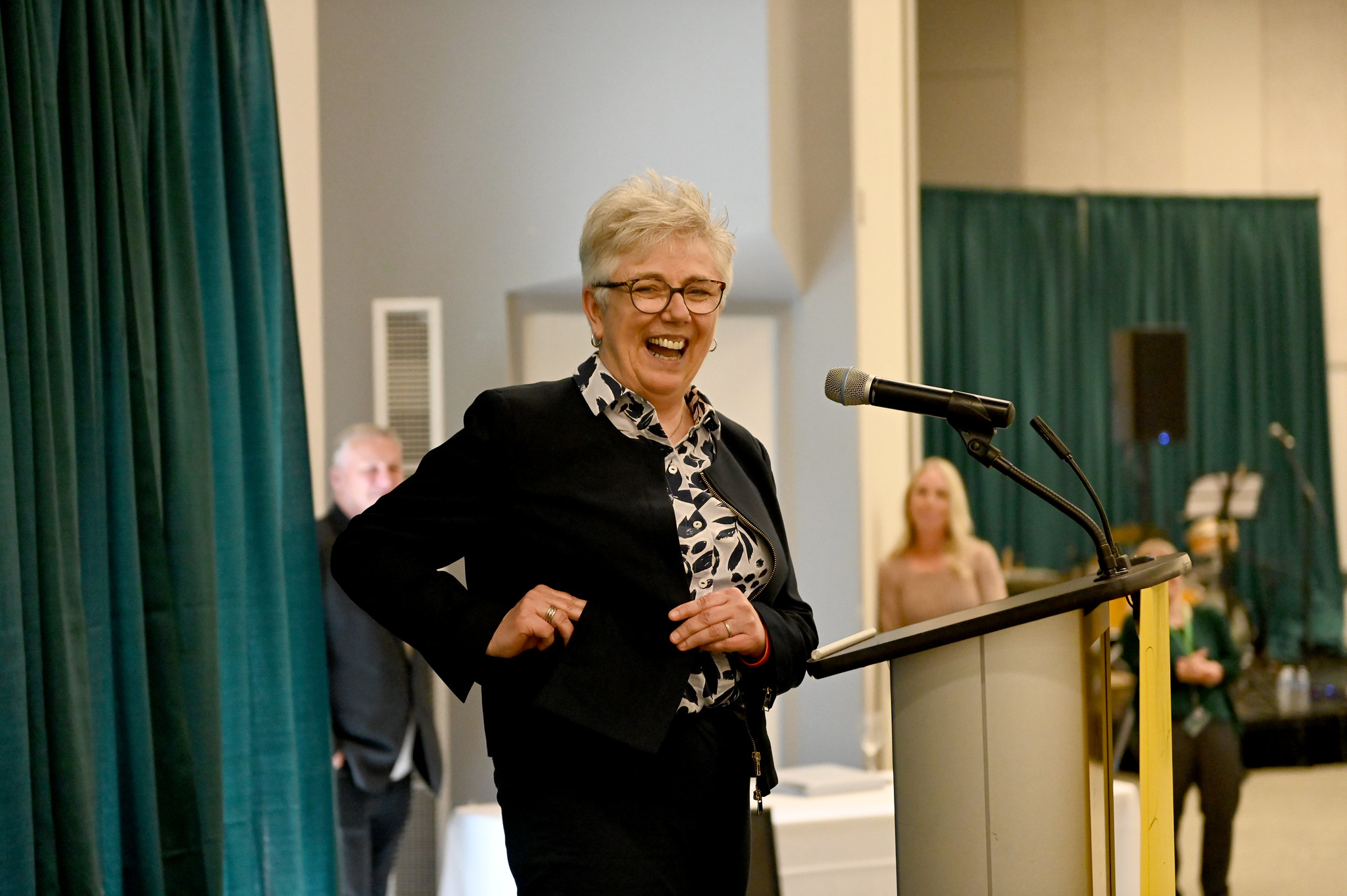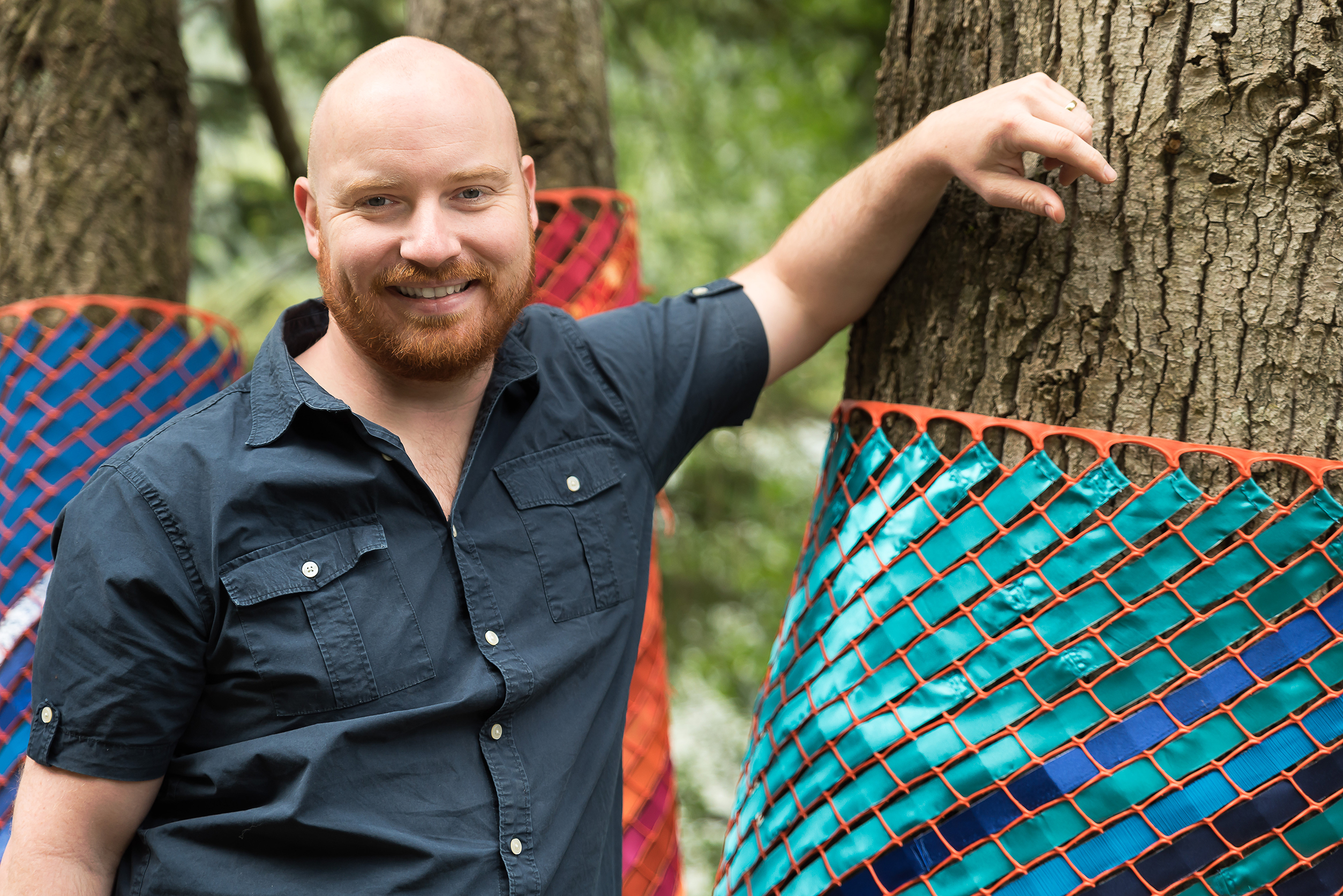Doctor becomes the patient in UFV’s simulated hospital ward
Student nurses practise real-life skills on community volunteers

When nurses go to check on patients in the surgical unit at your local hospital, there are many variables they have to consider. Yes, there are extensive notes and records kept on each patient, and physicians are involved in assessing them and issuing orders, but situations can change quickly, and the nurse needs to anticipate and check for conditions that are not directly related to the patient’s reason for being in hospital.
Student nurses in the Bachelor of Science in Nursing program at the University of the Fraser Valley receive four years of education before they earn Registered Nurse status, and experiential learning is a key part of their training all along the way.
On a recent Thursday morning, five community volunteers helped to make the students’ learning all the more real by posing as patients in a surgical ward who were either awaiting surgery or recovering from it.
Dr. Alan Quinn, a semi-retired physician from Chilliwack; nursing instructor Janice Savoy; community volunteer Laura Eichstadt; and off-duty nursing students Sahil Kataria and Letitia Marien all enthusiastically took on the roles of patients resting in hospital beds or family members, as four sets of eight nurses took turns assessing them. Each pair of nurses was assigned to one patient, charged with interacting with them, taking vital signs, and either helping them prepare for surgery or providing post-operative care.
The volunteers all had a basic script describing who they were and their underlying health conditions. Quinn, whose character was recovering from knee surgery, was also Type 2 diabetic. Eichstadt, who was supposedly suffering a broken wrist received while snowboarding, was asthmatic. Kataria was to pose as an elderly Indo-Canadian man who did not speak much English. Marien was his wife, awaiting instructions on taking him home. And Savoy was a post-op Type 1 diabetic recovering from appendicitis.
They were all realistically set up, with fake IVs, hemovac drains to remove post-operative fluid, or casts.
As the student nurses enter the room and begin working in pairs, the volunteers start ad libbing and throwing curve balls. Eichstadt deliberately asks for a drink, although she’s not permitted to have one before her operation. Savoy is nauseous and pretending to vomit, partly because she had a coffee sooner that she should have after her appendectomy. Kataria pretends to be confused by the instructions. His student nurse knows Punjabi, so she starts to speak to him in that language. Quinn fakes a blood sugar low and begins to get irritable and disoriented. The student nurses calmly assess, react, and help their patients, while being watched carefully by instructors JoAnne Nelmes, Pamela Causton, and Adele Phillips.
The students are in a phase of their studies called consolidation, where they take the theory they’ve learned in class and the skills and experience they’ve gained through their surgery clinical rotation at a hospital, and further refine it in a lab setting.
After the 20-minute exercise is over, everyone gathers to discuss their experience. The “patients” provide feedback about how they felt the simulation went, and the instructors point out what the students did right and as well as items to consider.
“This is a great opportunity for our students to further utilize the knowledge and experience they’ve gained through their studies and clinical experience, and to hear feedback from the people that they are practising on,” says Nelmes. “It’s a little less stressful than the real clinical setting, and it enables them to take on more of a leadership role than they do when they are learning in the hospital.”
Dr. Quinn, who has worked as a physician in Chilliwack since 1976, was happy to help to educate the next generation of nurses by playing patient for the day.
“I read about this in the local paper last year, and contacted them because I thought it would be fun to help out.”
Causton and Nelmes prepared the simulation scenario and patient roles while lab coordinators Charlene Cranley and Arlene Haley worked hard to set up a surgical nursing unit complete with realistic equipment and environment.
For more, visit ufv.ca/health/ bachelor-of-science-in-nursing





